Fashion Industry Update
We think you will be interested in these decisions that were issued since our last Fashion Industry Update. They concern fashion design copyrightability, country of origin labelling rules, getting rid of unfavorable trademark registrability decisions, and attempts to distinguish prior registered marks.
U.S. SUPREME COURT SUPPORTS FASHION DESIGN COPYRIGHT
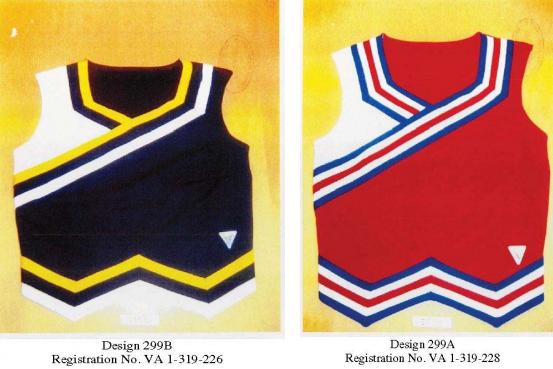
For our client, Varsity Brands, the leading manufacturer of cheerleading apparel in the U.S., we obtained, as early as 2005, U.S. copyright registrations for graphic designs used on cheerleading uniforms. When Star Athletica copied Varsity’s cheerleading uniforms bearing some of these designs, Varsity brought a copyright infringement suit in the U.S. District Court for the Western District of Tennessee. The court granted summary judgment to Star, finding the designs were not copyrightable because they made the garments recognizable as cheerleading uniforms and, therefore, were functional and ineligible for copyright protection. Varsity appealed to the Sixth Circuit Court of Appeals, which in a matter of first impression for that court reversed the district court’s decision. The Sixth Circuit held that the graphic designs were conceptually separable from the uniforms’ functionality as clothing that covers the body, permits free movement and wicks moisture. One dissenting judge called on Congress or the Supreme Court to clarify the copyright law with respect to the design of useful articles such as clothing.
The Supreme Court answered the call, and we assisted in briefing the issues. The Supreme Court affirmed the Sixth Circuit’s decision in Varsity's favor, holding that an artistic feature of the design of a useful article is eligible for copyright protection if the feature (1) can be perceived as a two- or three-dimensional work of art separate from the useful article and (2) would qualify as a protectable pictorial, graphic, or sculptural work either on its own or in some other medium if imagined separately from the useful article. Varsity’s cheerleading outfit surface designs satisfied these requirements, and the Court remanded the case to the district court for further proceedings. Star Athletica, LLC v. Varsity Brands, Inc., 137 S. St. 1002 (2017).
Editor’s note: As we previously have noted, this case is a good reminder that, in the U.S., fashion companies may protect certain aspects of apparel designs under copyright, trade dress or design patent law. In Europe, there are additional protections for the silhouettes and surface designs of apparel.
U.S. CUSTOMS WAS TOO STRICT ABOUT LABELING FOR JEANS FROM CHINA
JBLU had jeans manufactured in China and imported them to the US with waist bands embroidered with the trademarks “C’est Toi Jeans USA”, “CT Jeans USA” or “C’est Toi Jeans Los Angeles.” They also had labels saying “Made in China” in small font.
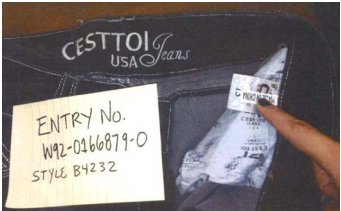
U.S. Customs said these labels did not meet the strict regulation that the country of origin marking must be “in close proximity” to the location words. The importer argued that, where the location word is part of a trademark or trade name, the country of origin marking was permitted by regulation to be either in close proximity to the location words “or in some other conspicuous location,” as here. However, Customs interpreted this more lenient standard also requires that the trademark either be registered or at least be applied-for at the time of importation, which was not the case for some of the jeans at issue.
The importer sought relief in the U.S. Court of International Trade, but that court sided with Customs. The importer then appealed to the U.S. Court of Appeals for the Federal Circuit, which reversed. The appellate court held that the more lenient regulation unambiguously included trademarks without a registration or pending application, and that this holding was consistent with dictionary definitions of “trademark” and the Lanham Act definitions. JBLU, Inc. v. United States, 813 F.3d 1377 (Fed. Cir. 2016).
COURT-APPROVED SETTLEMENT REQUIRES THE TTAB TO VACATE ITS PRECEDENTIAL DECISION
The Trustees of the University of Alabama opposed an application to register the HOUNDSTOOTH MAFIA mark for clothing, contending that the houndstooth pattern had been licensed by the University for use on clothing items and was associated with it. The Trademark Trial and Appeal Board (TTAB) dismissed the opposition in a decision favorable to the defendants and labeled as “Precedential” The University appealed to the U.S. District Court for the Northern District of Alabama.
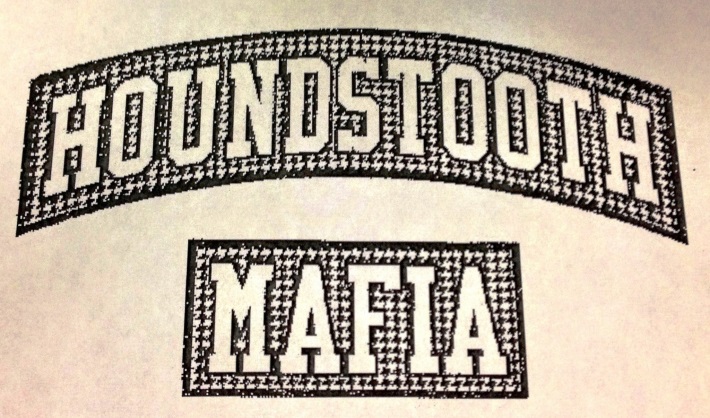
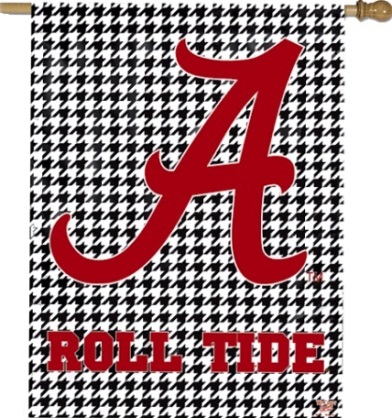
While this appeal was pending, the parties settled because the defendants said they did not have the money to continue even though they had won at the TTAB. Pursuant to the settlement, the mark was assigned to the University, which insisted that the unfavorable decision be vacated to avoid its precedential effect on its future TTAB cases. The Court entered a consent judgment approving these terms, but the TTAB refused to comply with the order to vacate and, instead, moved to intervene nearly two years after the settlement.
The Court rejected the TTAB’s intervention motion as “a day late,” pointing out that the TTAB was required to follow an appellate court’s final judgment rather than reexamine or disregard it. The Court granted the defendants’ motion to enforce its consent judgment requiring the TTAB to vacate its decision. Bd. of Trustees of The University of Alabama v. Houndstooth Mafia Enterprises LLC, 163 F. Supp.3d 1150 (N.D. Ala. 2016).
Editor’s Note: The ability to have an unfavorable TTAB decision vacated as part of a settlement, especially if it was labeled “Precedential,” can be very important, because the U.S. Supreme Court has held that TTAB decisions as to likelihood of confusion in some cases may be binding in later cases. B&B Hardware, Inc. v. Hargis Industries, Inc., 135 S. Ct. 1293 (2015).
ATTEMPTS TO GET AROUND PRIOR REGISTRATIONS
For trademark applications to be successful, judgment, experience and careful drafting of the identification of goods or services are often necessary when trying to differentiate a new mark from a prior mark.
1. A house mark may not be sufficient differentiation
Tempting Brands Netherlands BV sought registration of MARIE-ANTOINETTE as a trademark for various items of eyeglasses, handbags and clothing. The Trademark Examining Attorney refused registration because the registered word mark BREGUET MARIE-ANTOINETTE for jewelry and watches. Tempting Brands appealed, and the TTAB affirmed the rejection.
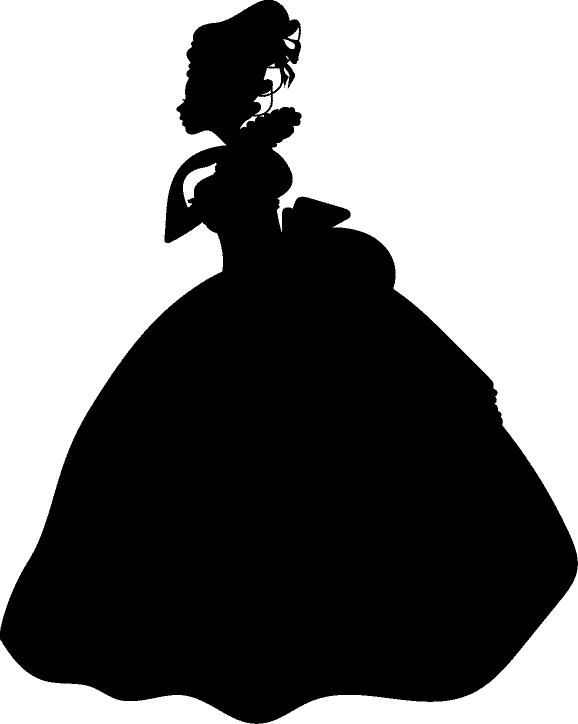
Initially, the TTAB noted that Marie-Antoinette was the queen consort of King Louis XVI of France, and that Breguet is a Swiss luxury watch and jewelry manufacturer. Both marks included the words MARIE-ANTOINETTE, but Tempting Brands argued that the house mark BREGUET was the dominant portion of the cited mark and thereby distinguished it. The TTAB disagreed, saying that the evidence did not prove that BREGUET was a well-known watchmaker in the U.S. Moreover, it said that the respective parties’ goods were closely related because they were all part of the overall fashion picture which encompassed apparel and accessories. Extrinsic evidence that the respective parties’ goods were sold at very different price points was outside of the scope of what the TTAB could consider. In re Tempting Brands Netherlands B.V., Serial No. 79161682 (TTAB 2017).
Editor’s Note: When a strong well-known house mark or designer name is added to a word that has weak trademark significance, the TTAB may find that confusion is unlikely. But the result in the Tempting Brands case is consistent with the 5.2 million dollar jury verdict that the mark NY&C VELOCITY willfully infringed the mark VELOCITY, both for performance clothing. 4 Pillar Dynasty LLC v. New York & Co., 16 Civ. 2823 (SDNY 2017), It also is consistent with the TTAB’s affirmance of the refusal to register MERLIN as a trademark for expensive watches because of the identical mark registered for articles of clothing, since there were no restrictions or limitations on the nature of the goods or channels of trade of either party. In re Breitling SA, Serial No. 79152818 (TTAB 2017).
2. Limitations to goods descriptions may not be sufficient
William Adams, the musician known as “will.i.am,” applied to register I AM as a trademark for various items of beauty products. The application contained the limitation: “all associated with William Adams, professionally known as ‘will.i.am’.” The examining Attorney refused registration due to a prior registration of I AM for “perfume.” Adams appealed and the TTAB affirmed the refusal.
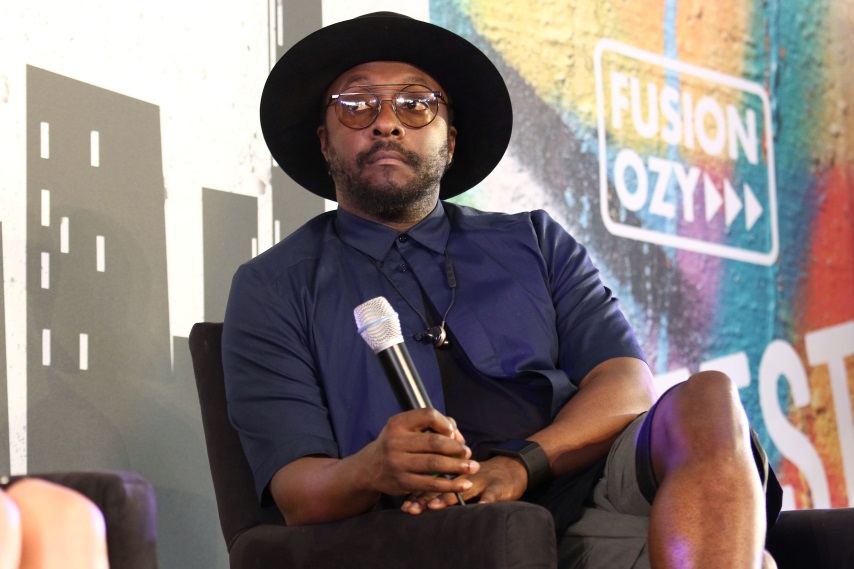

The TTAB reasoned that the application's limitation was not meaningful because it did not represent that the goods would be marketed in any particular way or through limited trade channels or that they would be named or otherwise identified with Mr. Adams when promoted; and it noted that the applicant sought to register I AM, not WILL.I.AM. Because the marks were identical, the TTAB concluded that they engendered the same overall commercial impression, especially since there was no limitation as to channels of trade or price points. In re I.Am.Symbolic LLC, 116 USPQ2d 1406 (TTAB 2015).
3. Test for Our Readers
Hybrid Athletics opposed Hylete’s application to register the design to the right. Both marks were used for overlapping articles of athletic apparel. Do you think these marks were likely to cause confusion?
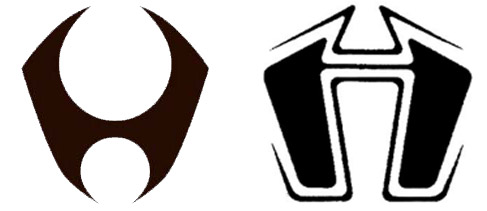
Hybrid Hylete
The TTAB applied the usual confusion test: “the recollection of the average consumer, who normally retains a general rather than a specific impression of marks.” In the absence of any channels of trade limitation, the TTAB said it must presume the goods travel in the same channels, regardless of the actual marketplace facts. The TTAB concluded that the design differences in the marks were outweighed by their both being stylized versions of the same letter H, and so had similar commercial connotations. Most persuasively, gym employees and owners testified as to instances of actual confusion. The opposition was sustained. Hybrid Athletics, LLC v. Hylete LLC, Opposition No. 91213057 (TTAB 2016).
ASSERTING A PARODY DEFENSE AGAINST AN INFRINGEMENT CLAIM
If a defendant asserts in an infringement case that it is merely parodying the plaintiff’s trademark, the particular facts including an indication of the source of the defendant’s goods -and potentially the sense of humor of the judge - can determine whether that defense is successful.
1. One parody claim did not sustain a defendant’s motion to dismiss a complaint.
DC Comics has registered its Superman shield design for clothing, including t-shirts. Mad Engine sold a shirt having a five-sided shield design with the text “DAD” inside. DC Comics brought an infringement suit in the U.S. District Court for the Central District of California. Mad Engine moved to dismiss the action, arguing that its novelty t-shirt was a parody of the Superman shield because putting “DAD” into a superhero shield was pointing out Superman’s undue self-importance and was not likely to cause confusion as to source or affiliation.
The court denied the motion to dismiss, pointing out that Mad Engine’s shirt did not have a prominent indication of its source, and that the shield designs were similar. Further, DC Comics had licensed a shirt referring to “Superdad,” and both shirts were more in the nature of a humorous use to promote sales rather than a parody of the Superman character. DC Comics v. Mad Engine Inc., 117 USPQ2d 1327 (C.D. Cal. 2015).
2. Another parody claim sustained a summary judgment for the defendant.
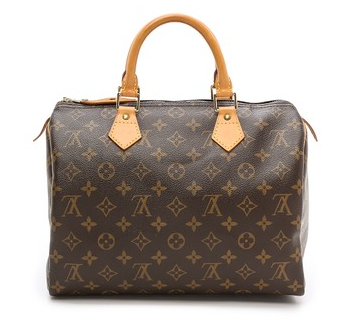

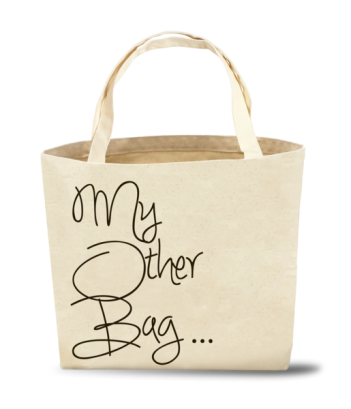
Louis Vuitton My Other Bag (back) My Other Bag (front)
Louis Vuitton sued My Other Bag in the U.S. District Court for the Southern District of New York for trademark and copyright infringement in mimicking its iconic handbag on one side of a simple canvas tote bag with the text “My Other Bag . . .” on the other side. The defendant claimed that its use was a parody, and both parties moved for summary judgment.
The district court granted summary judgment to the defendant, stating that the whole point was to play on the well-known “my other car. . .” joke by suggesting that the carrier’s “other bag” is a Louis Vuitton bag.
The U.S. Court of Appeals for the Second Circuit affirmed for substantially the reasons stated by the district court. It also pointed out that the defendant’s business of selling quite ordinary tote bags with drawings of various luxury brand handbags, and the presence of “My Other Bag . . .” as an undisputed designation of source on the other side, were independent support for the grant of summary judgment. Louis Vuitton Malletier, S.A. v. My Other Bag, Inc., 2016 U.S. App. LEXIS 23014 (2d Cir. 2016).
ABOUT COWAN, LIEBOWITZ & LATMAN
We know the fashion business. Our clients range from start-ups to some of the world’s leading fashion companies. Our accumulated knowledge and experience enable us to approach legal problems from an advanced starting point, so we do not have to learn at your expense. Our focus is on delivering practical and positive results.
We were founded 60 years ago and are recognized worldwide as a leading intellectual property law and litigation firm. We also are experienced in the areas of corporate and commercial law, Customs, international cargo and regulatory compliance, information technology, real estate law, tax law, trusts and estates and military law. We draw talent from our different practice groups to meet your needs in the most efficient and cost-effective manner.
Our attorneys with extensive Fashion Industry experience include William M. Borchard, Mary A. Donovan, Jeffrey H. Epstein, C. J. Erickson, Lawrence W. Greene, Joel Karni Schmidt, Deborah K. Squiers and Dorothy R. Whitney.
Prior results do not guarantee a similar outcome.